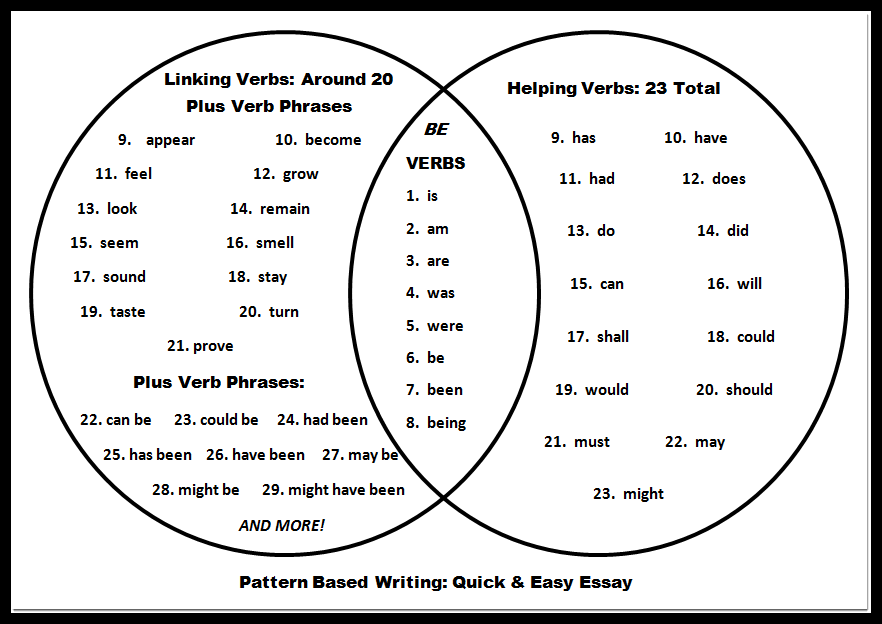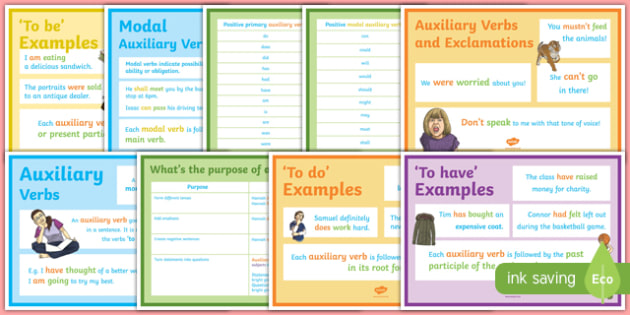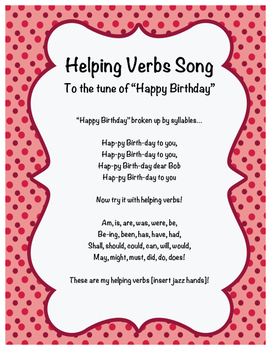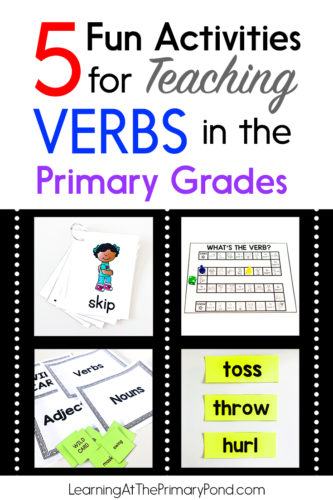Favorite Info About How To Teach Helping Verbs
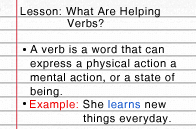
Understanding helping verbs and auxiliary verbs defines and, demonstrates steps for locating them within the framework of a typical sentence structure, and (.
How to teach helping verbs. Students are initially taught that a complete sentence or clause requires a noun, a verb, and to. Enter all of the helping verbs (you can type them individually or copy and paste from your lesson plan), being sure to place a comma or hit enter after each word. Group the students into pairs.
On small pieces of paper, write helping verbs (one verb on each piece of paper). This is a little more confusing for children to learn, which is why they come after the first two kinds of verbs. During bath time, your toys can swim,.
Provide several books for students to look through. Clear up helping verbs with our worksheets, lesson plans, activities, articles, and so much more. Create a subsection on your chart titled 'to be helping verbs' and list.
Put the pieces of paper into a bowl/hat/cup. Have each student take one piece of paper (or two, if time allows). Introduction (5 minutes) have students work with a partner or small group to list.
Then, divide students up into small groups. The first verbs you should introduce are those that are both common and easily pronounced such as eat, run and take. Give each group their own set of cards to.
Have students find the verbs in sentences, and copy the sentences on to the right. Learning objectives students will be able to identify helping verbs and linking verbs and use them in a sentence. Helping verbs are essentially linking and action verbs combined.


